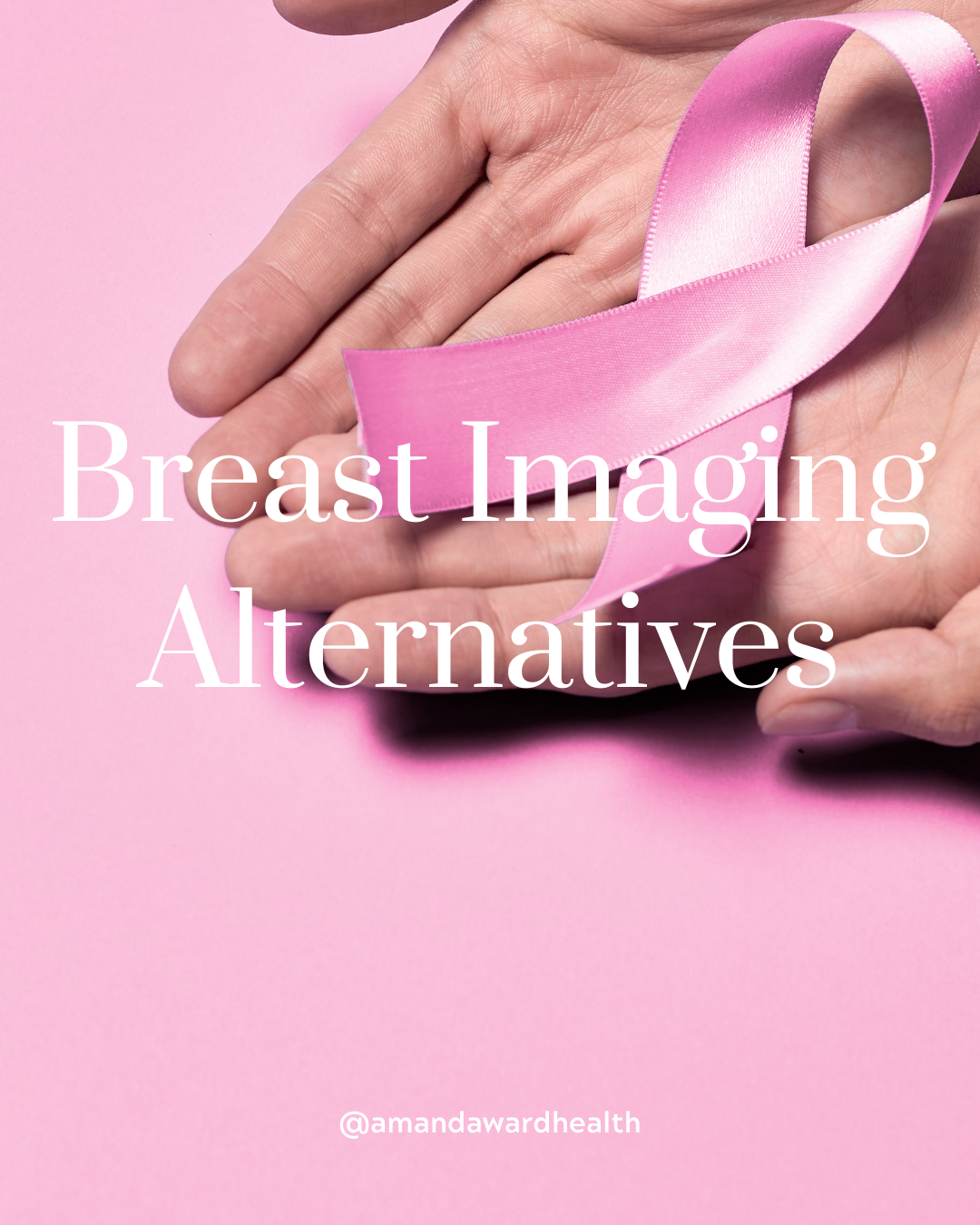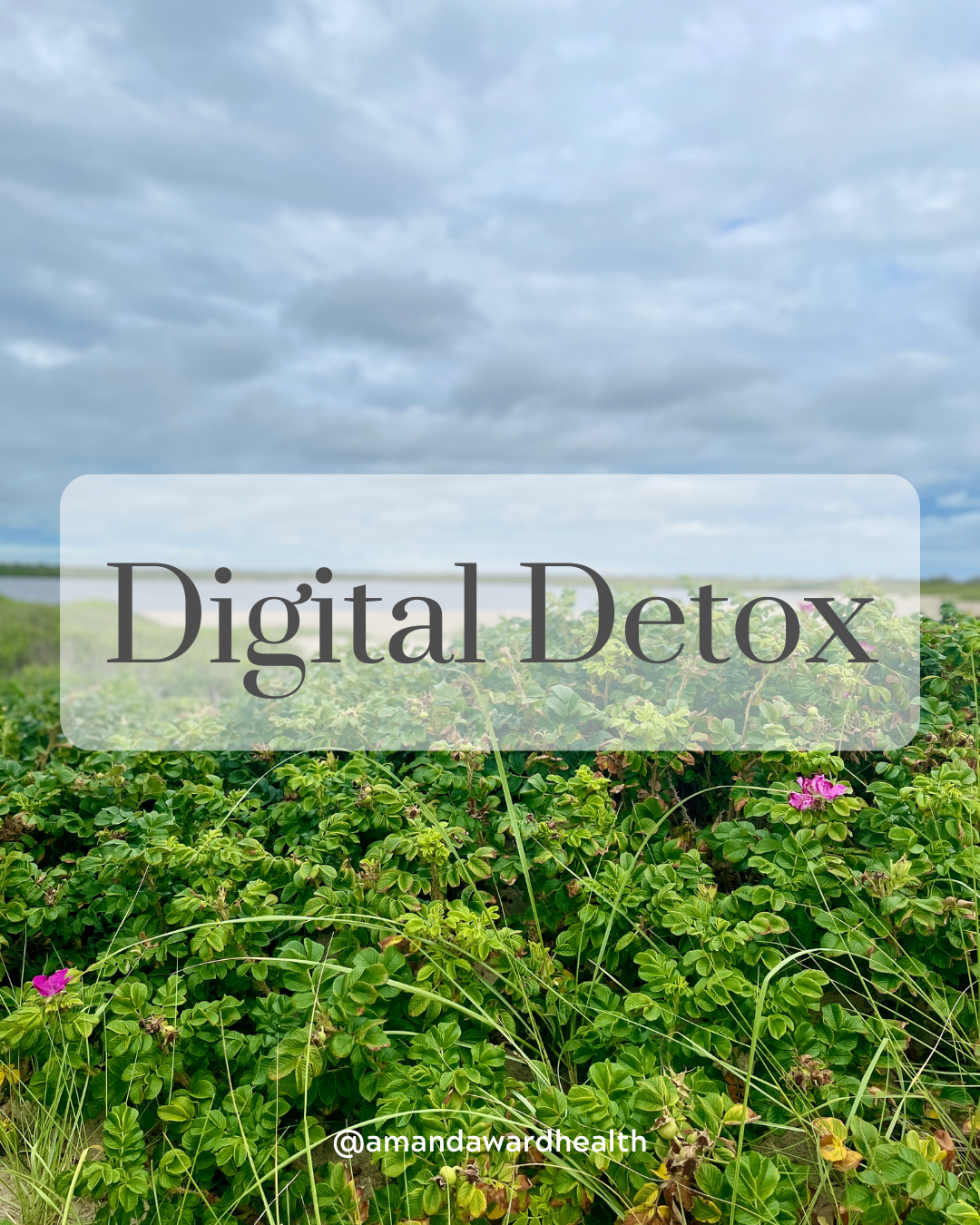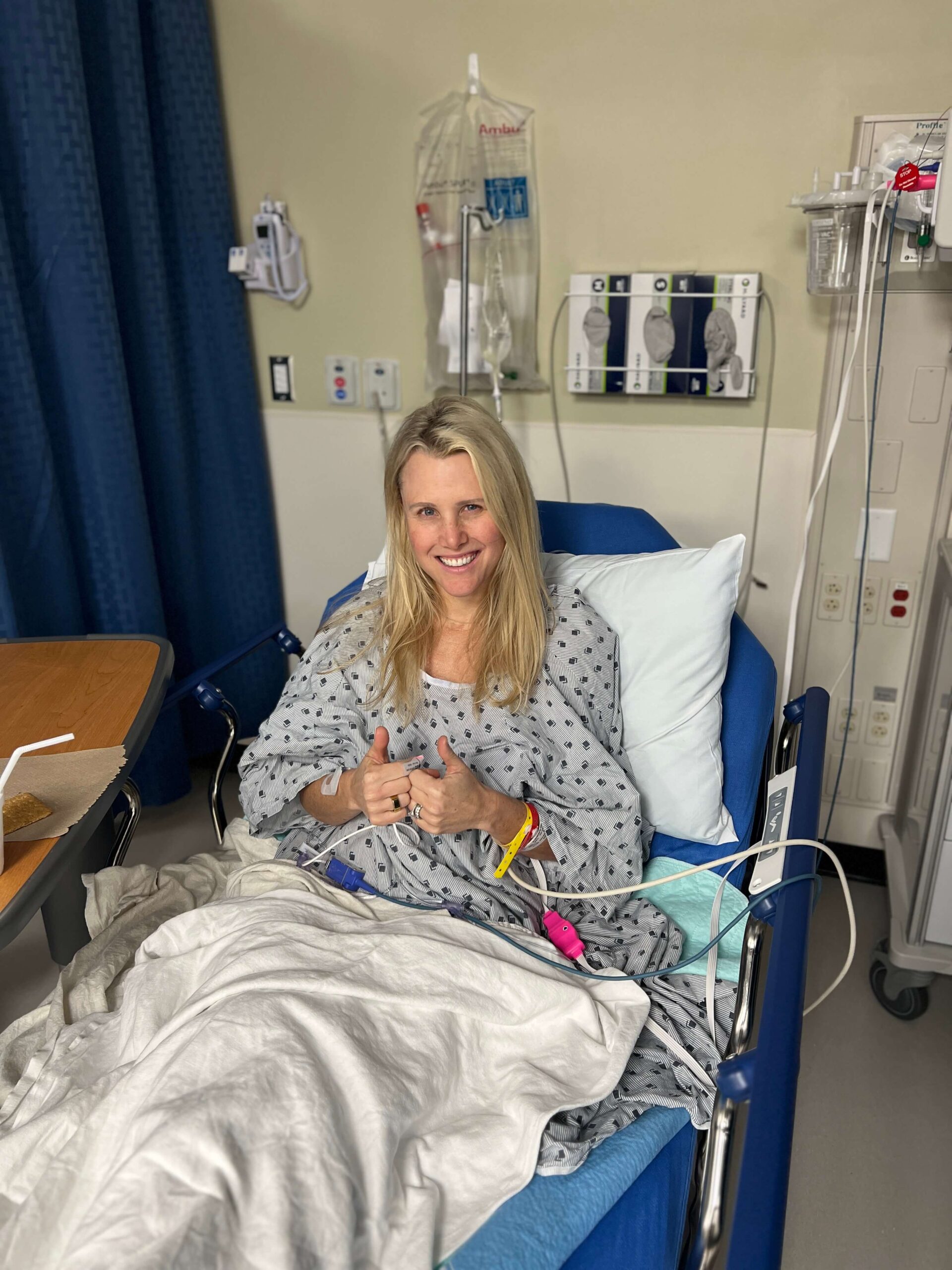“Start the practice of self-control with some penance; begin with fasting.”
~Mahavira
I have dabbled in the fasting world for years. My usual routine was to start every Monday with a 16:8 fast meaning I would fast for 16h and then eat in a 8-hour window. It was my “reset” from the weekend and a I found the practice an attainable, and enjoyable way to begin each week.
Fasting Podcast
In April I came across Steven’s Bartlet’s Diary of a CEO podcast with Dr. Mindy Pelz. The topic – hormonal fasting – was intriguing. The topic, transformative.
Since starting AWH, one of the most frequent questions I have received is about menopause. Under the guidance of Steven’s thoughtful questions, Dr. Mindy shared concepts that I know, or have heard before, in a way that stuck. It was a true, “ah ha” moment. The lightbulb went off, I was hooked and wanted to learn more.
Fasting Benefits
The benefits of fasting are immeasurable and I think one of the best resources for an overview is from Dr. Mark Hyman’s Power of Fasting post. The main benefits of fasting are:
- Stabilize blood sugar levels
- Decrease inflammation
- Decreases blood pressure
- Provide gut/microbiome support
- Improve sleep
- Initiate autophagy (the body’s natural response to cleanse out unwanted cells)
For years, I have wondered why some Monday’s were easier than others to fast. Some weeks it was easy for me to fast, and others difficult. As a healthcare professional I understood the basics of hormonal regulation, but Dr. Mindy explained fasting – specifically fasting for females – through a theory that intuitively made sense.
Hormonal Balance
Male hormones regenerate daily, which is why men can fast any day of the week, and for any length of time. Women, on the other hand, require a more subtle, thoughtful approach to fasting. Our hormones cycle on a “roughly” 30 day cycle, and while some days we can “push” ourselves to fast longer, others we cannot, and should not, push a fast. For a more thorough explanation I defer you to Dr. Pelz’s book, Fast Like a Girl. It is a simple read and yet the information, impactful.
I mapped out my Fast Like a Girl cycle for fasting and coupled it with an exercise plan synched with my cycle. I followed this set fasting/workout plan for the past 2 month, which has worked really well for my body.

Sidebar: Did you know that certain days of the month are better for specific exercise vs others? Personally, I did not and would complete whatever workout I wanted, whenever I wanted (with no intention/thought). Again, I could not understand why some days were easier (or harder) than others. I now know it is because of where I was hormonally in my cycle. A final note on cycle, even if you do not have a cycle (birth control, menopause, etc.), your body is still shifting hormonally each month.
Personal Benefits
Some personal benefits I have noticed from intentional fasting (via my Oura tracking):
- My heart rate variability improves on fasting days
- My deep sleep is longer
- I wake up feeling more refreshed
- I have more energy
In simple terms, the premise is to balance ketosis energy vs. glucose energy. Both systems are valuable, however most of us live in a state of constantly using glucose energy and never enter ketosis. This happens becaause we never provide a long enough window for your body to not use glucose for energy.
Additionally, there are certain days of your hormonal cycle that you should not fast. This helped to explain why fasting one some days were easier than others. Synching everything up made not only more cycles more predictable (and comfortable), but I felt more mentally and emotionally balanced.
Top Tips
Some of my AWH tips for intentional fasting:
- Pick your end time for dinner – and do not snack afterwards. Calories will break a fast, and if I wanted an after dinner treat I would brew a cup of tea.
- Fasting does GET EASIER (I’ve since worked up to occasional 36h fasts for the numerous health benefits)
- If you want a morning latte, consider a bulletproof coffee (or switch out for tea). Ghee and coconut oil will not break your fast.
- Drink A LOT of water – ideally filtered to flush out toxins.
- Dry brush and move your body – again you are trying to facilitate the detoxification process.
- If you take a fiber supplement you may do so in the morning as long as it does not have calories. My favorite brand is to take 1 TB of psyllium husk every morning with my LMNT pack.
- If you get hungry during a fast, drink another LMNT pack (clicking this link gets you a free pack).
- Be intentional with how you break your fast. I love to eat real food – some nuts, an egg, avocado, or make a protein smoothie. Another great option if you are on the go is an Evolved Keto Cup. They make a great snack, and are satiating.
Religion and Fasting
A final note on the faith-based aspects of fasting. Many worldwide religions incorporate fasting into their belief system. There are spiritual benefits to be uncovered during abstinence, especially the avoidance of food. I cannot speak in depth to other religious practices (beyond my own understanding), but can say that from a Christian perspective, fasting is mentioned throughout the Bible. Some Christian fasting resources worth exploring:
- Podcast: John Mark Comer Fasting Episode 1 and 2
- Book: Fasting for Breakthrough and Deliverance
- Book: God’s Chosen Fast
I will provide more fasting tips in a future post, but wanted to provide a preliminary overview of some of the ways intentional fasting have improved my life. As always, I am happy to answer questions and continue to be a source of support.
PS: This post is not intended to replace, nor provide medical advice. Please work with your healthcare provider for any specific health concerns.
Amanda Ward Health, LLC is a participant in the Amazon Associates Program. As an Amazon Associate, I earn from qualifying purchases linked through Amazon.






